Built in the 1900s style, the István Nemes Apartment Building has three storeys and closes the perspective of the Gheorghe Doja Street.
The roof area is decorated with pediments typical of the architecture at beginning of the 20th century, decorated with Art Nouveau elements. The facade is adorned with phytomorphic ornaments, in particular lines ending in whip-like curves (coup de fouet), as well as with anthropomorphic and geometric ornaments.
The ground floor of the building, meant for commercial purposes, has been modified and no longer reads as one unit, an aspect that has been captured in the illustration created by Livia Coloji for the Heritage of Timișoara: Iosefin project. The decoration of the building greatly resembles the usual architectural vocabulary of Lipót Baumhorn, but so far the hypothesis hasn’t been confirmed by our project team.
The land was bought by István Nemes from Timisoara City Hall in 1902, valuing 8556 crowns. The palace was erected in the same year in just 7 months (April 16 - November 5, 1902).

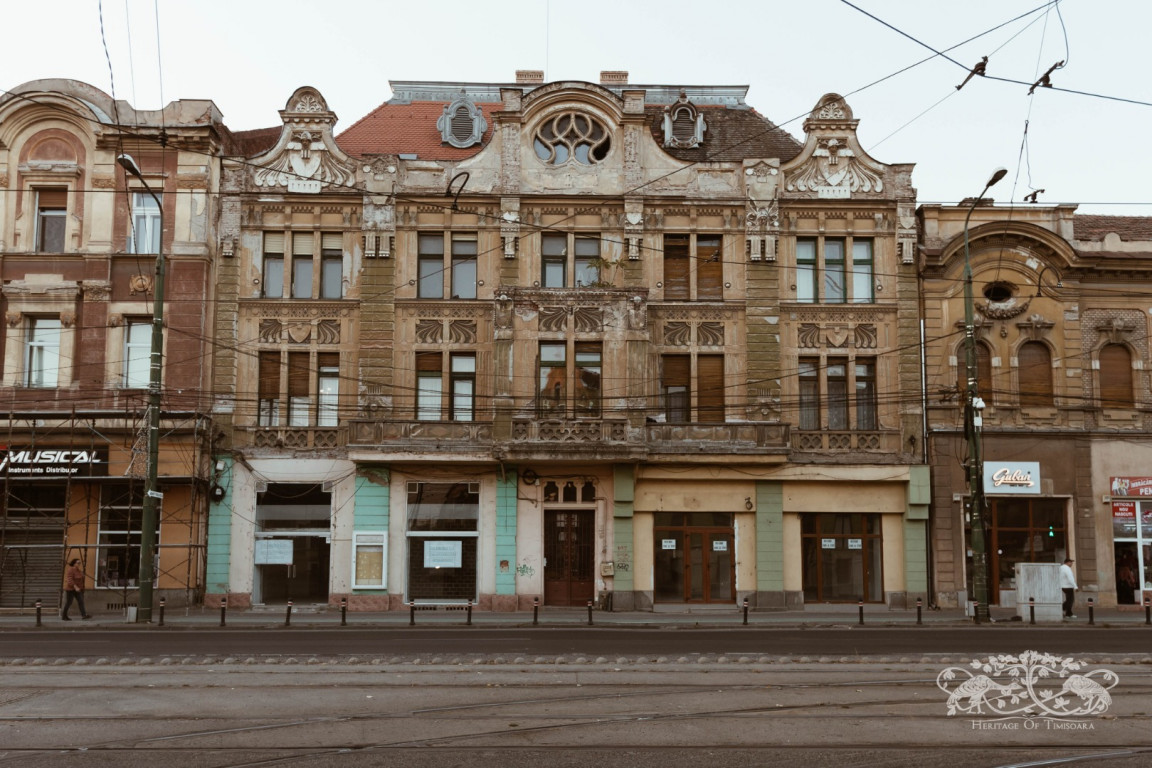
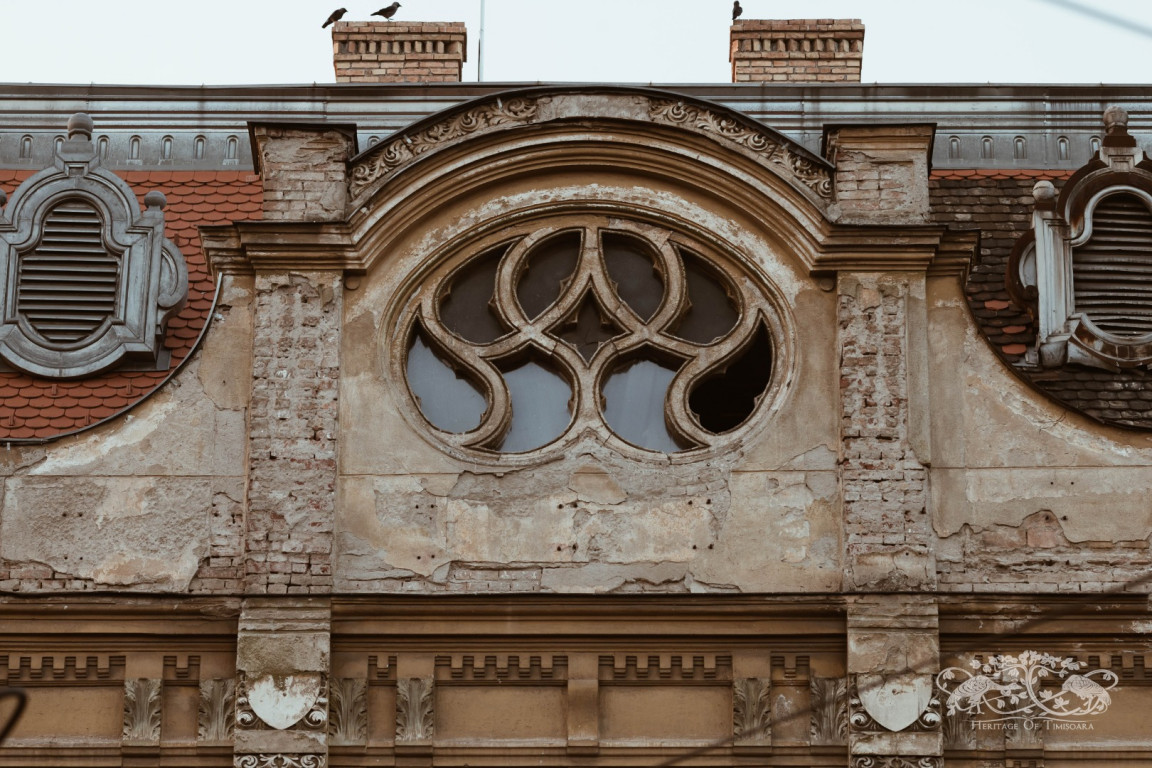
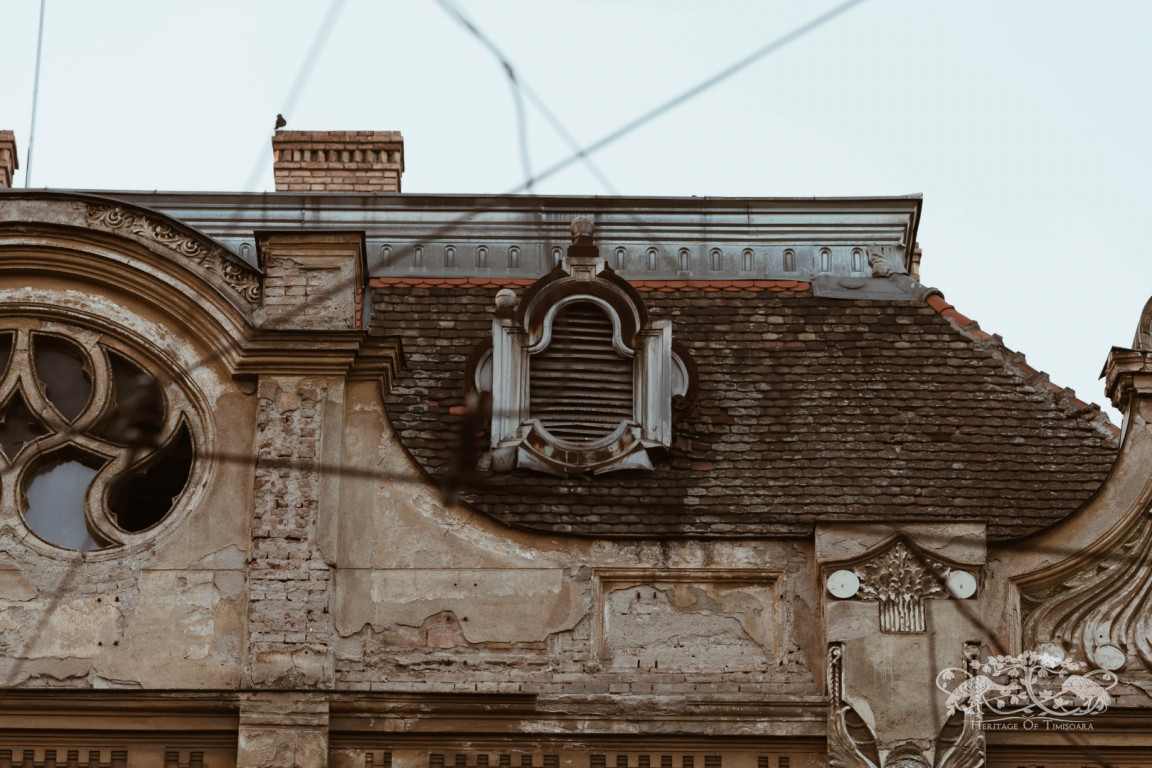
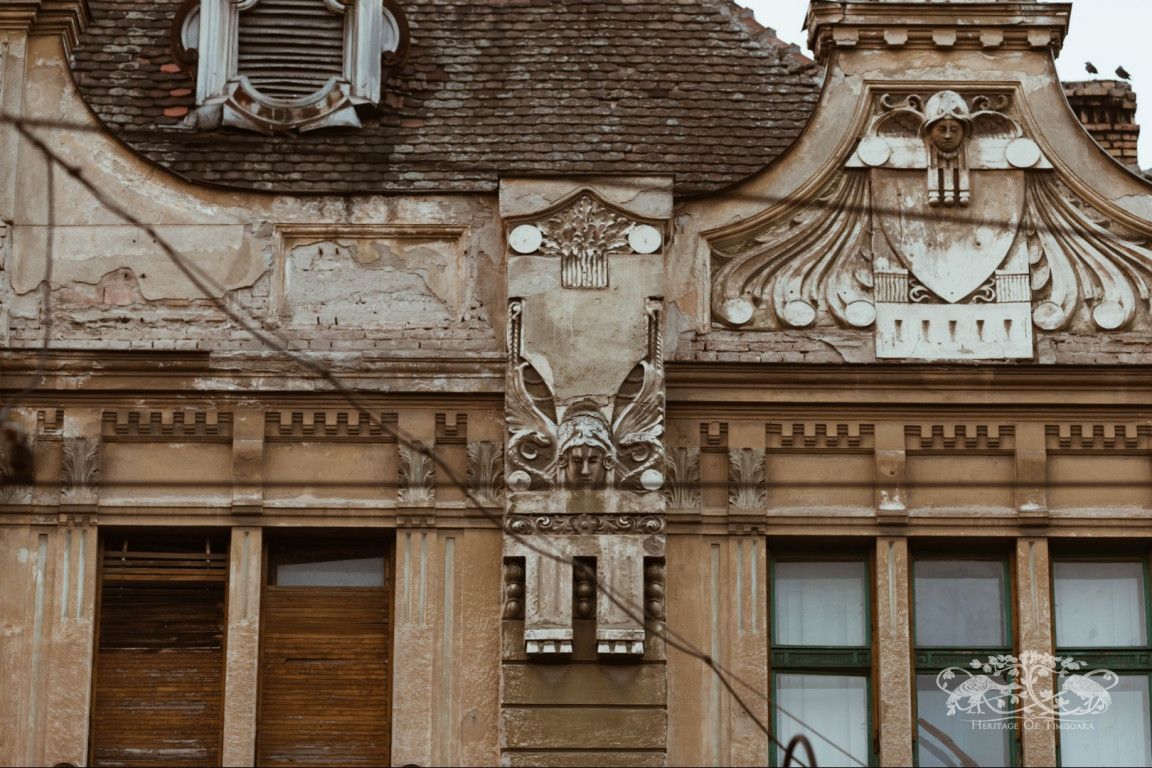
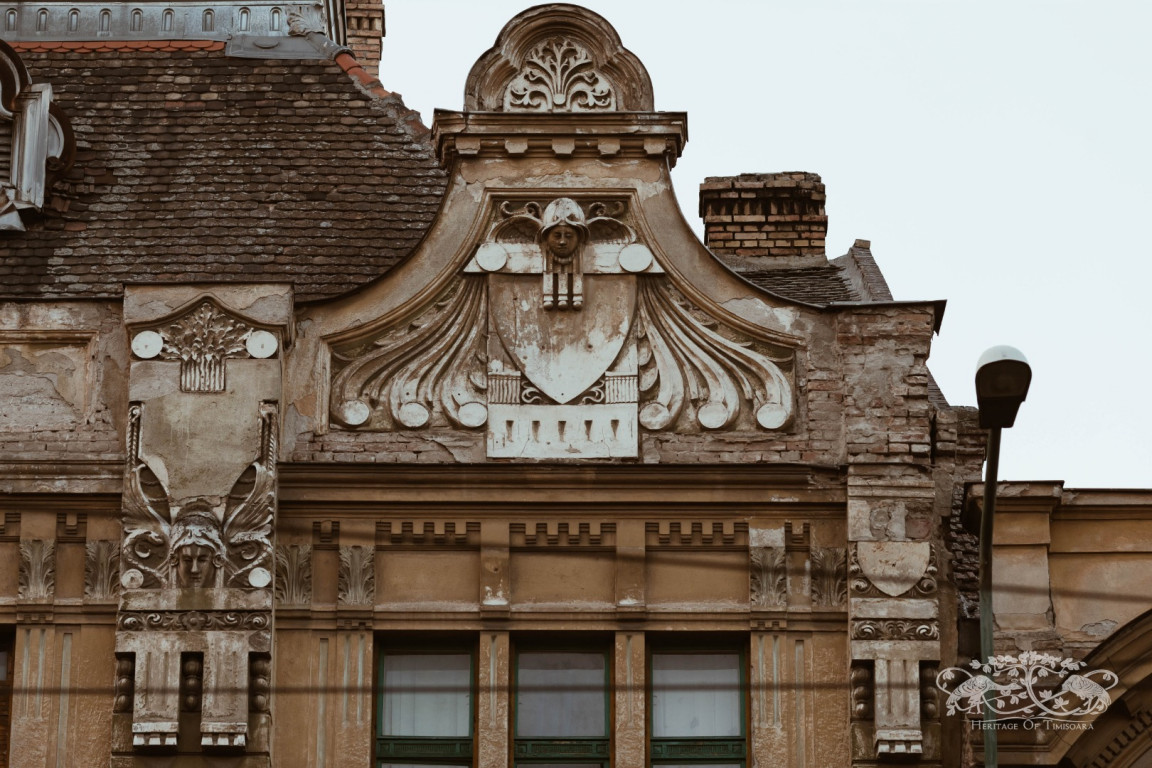
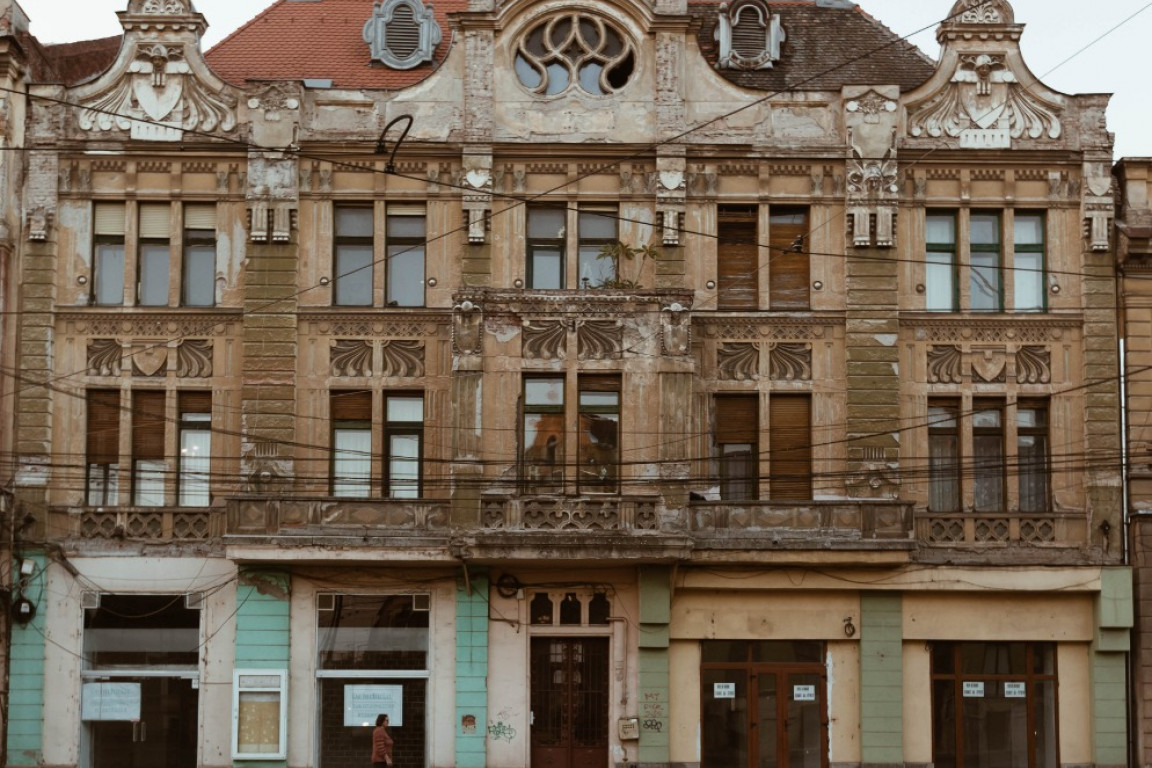
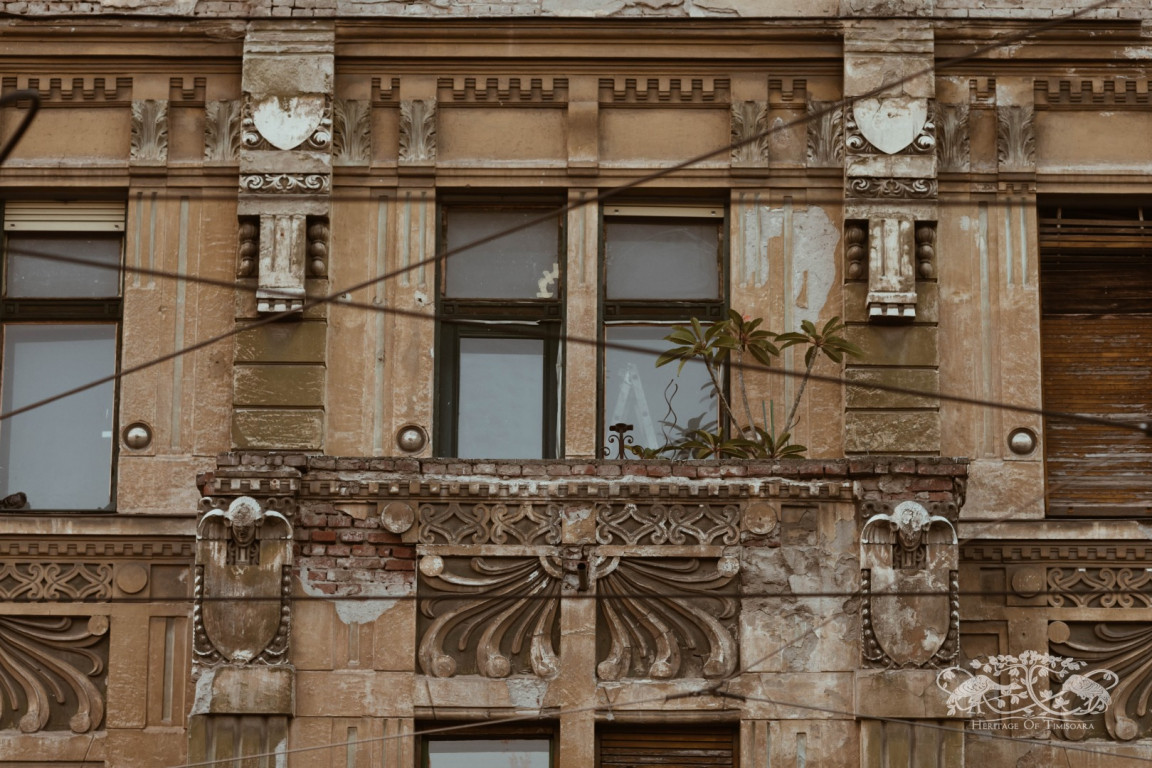
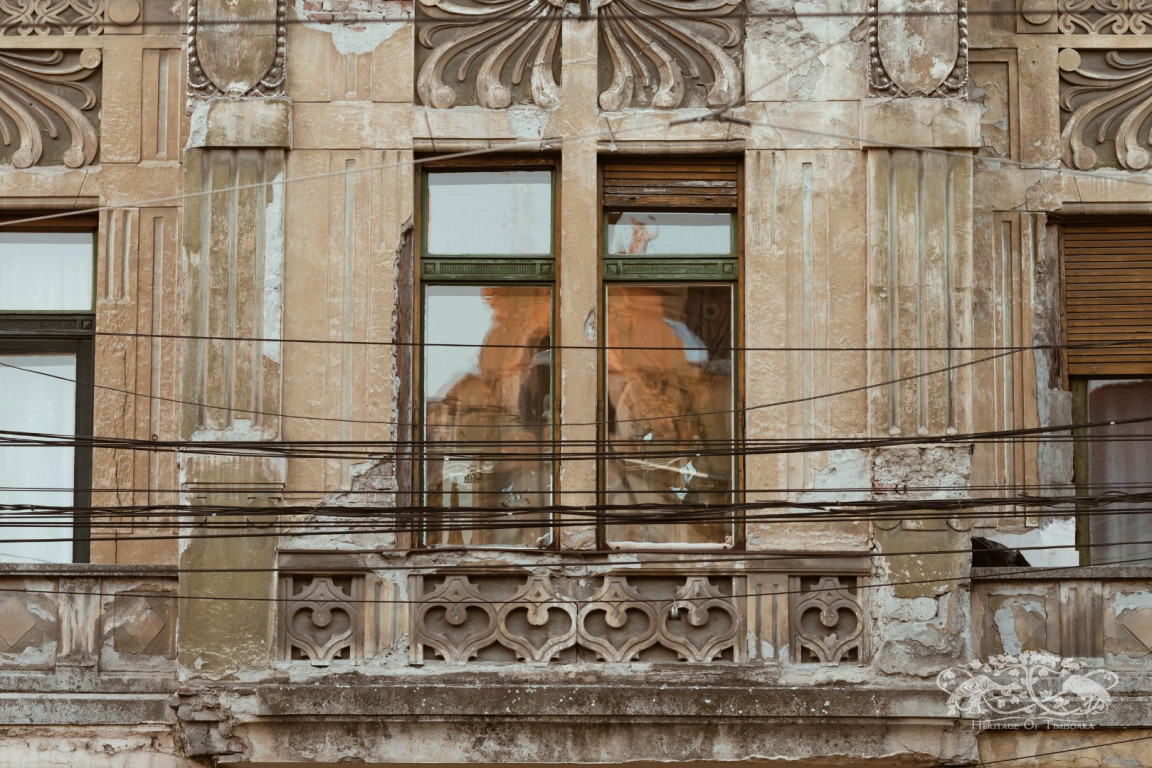
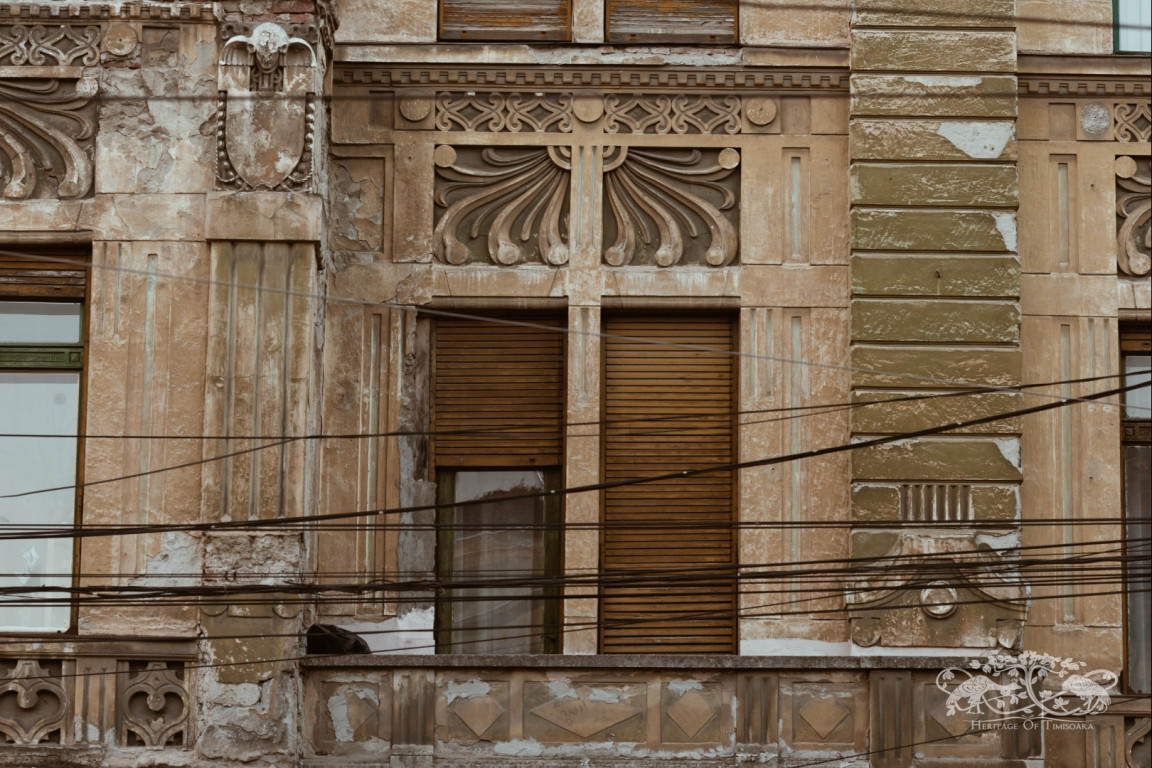
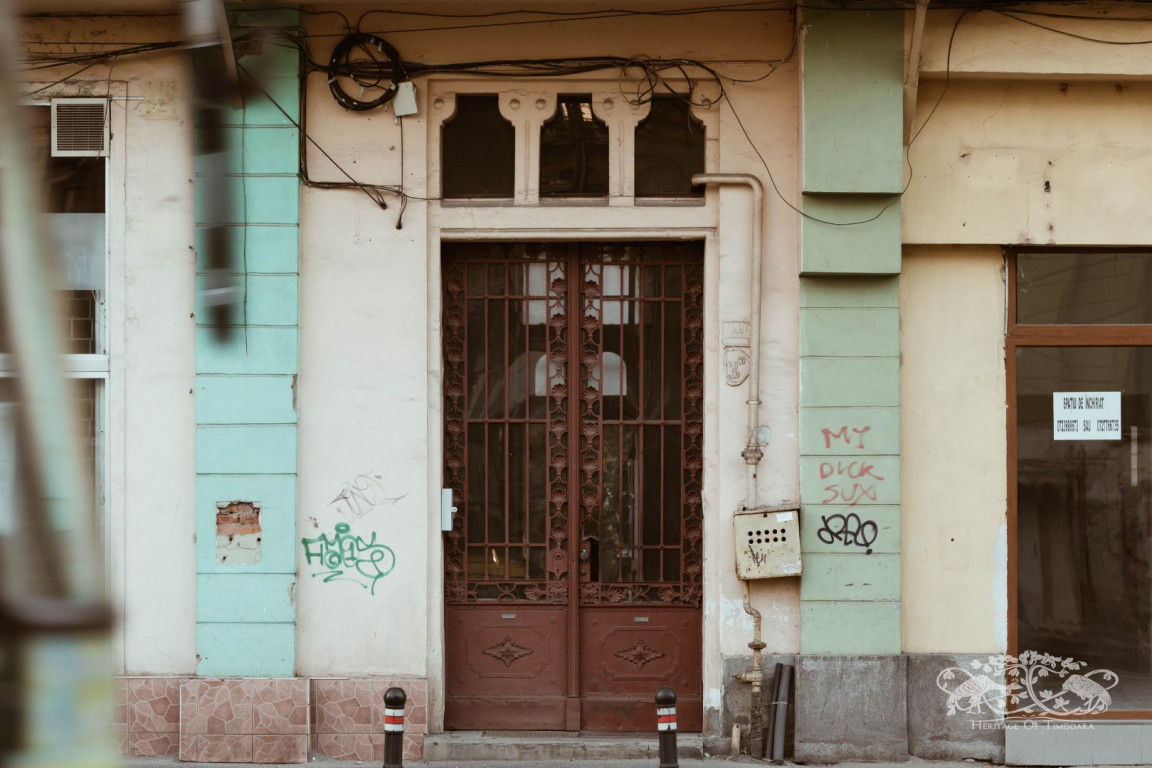
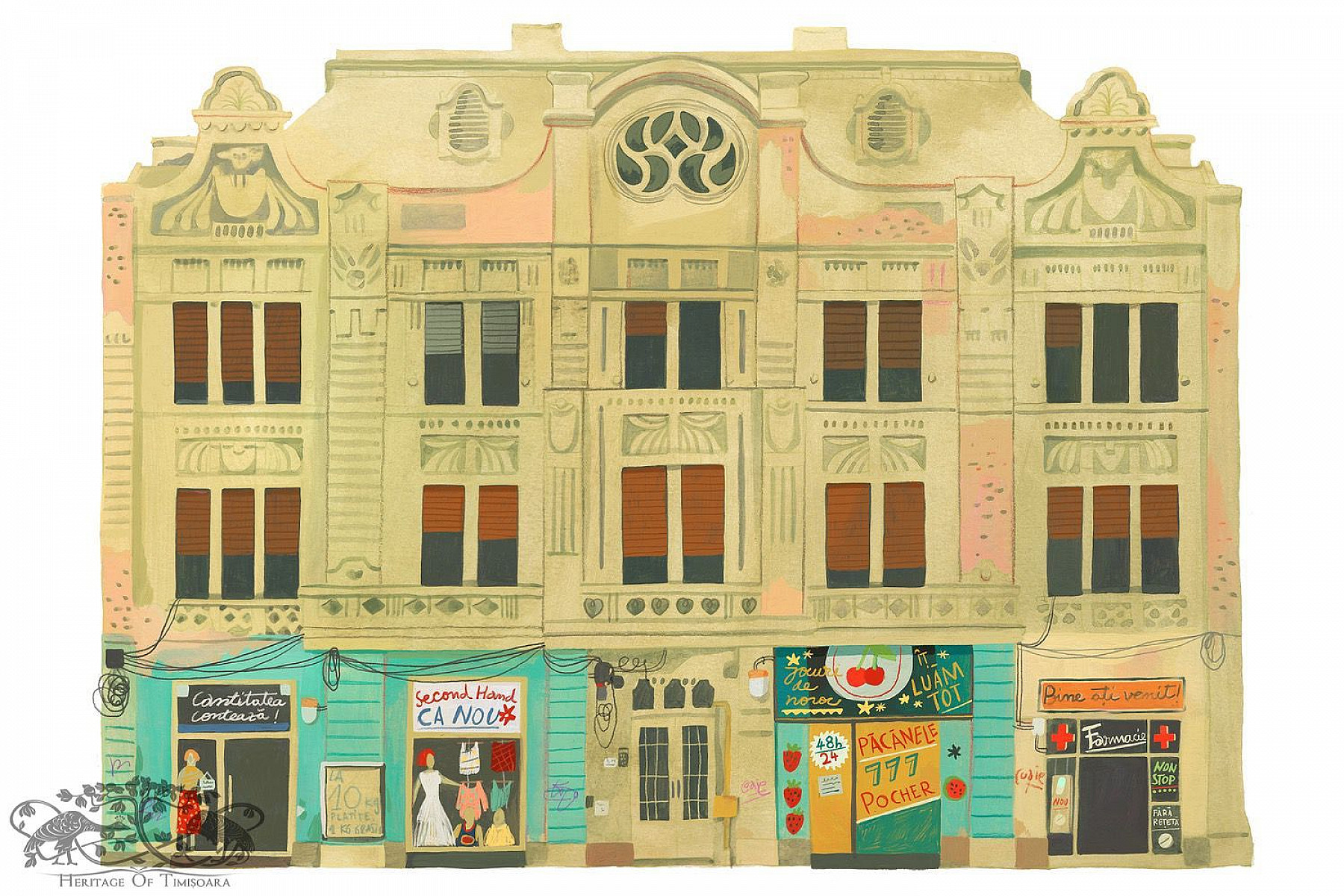
Add your contribution to this building!
Written by Ágnes dr. Oszkó, 5 years ago
Dear Mihai Moldovan & Alexandra Palconi!
I'm a researcher of Baumhorn's work, I'm an art historian living in Budapest.
Nowadays I'll publish a book about Baumhorn, and I'm very glad to read the data You wrote in this article. Until now I thougt the palace (István Nemes) was built in 1904-1905, and I didn't know the former owner yet.
I was in Timisoara few years ago, but in the city archive I couldn't find anything about this building.
I look forward to read more from You! I can explain, why it is no doubt for me, that this palace is a Baumhorn-building! Please contact me, if You are interested in.
Yours sincerely,
Ágnes Oszkó
Written by Marius Moldovan, 4 years ago
Dear Dr. Oszkó,
I am a heritage conservationist and hobby researcher of Baumhorn's work. I'm very curious about your book and I would be interested which are your reasons to be sure that he designed this building, as I myself also got to believe this after starting to notice it had certain ornaments in common with other Baumhorn-buildings, be it on the facade, in the courtyard or in the hallways (before this information became widespread online).
Also, I noticed a few buildings in Lugoj and Jimbolia which wear some of his signature ornaments. I would be glad to share in an online meeting in case you're interested, maybe together with Mihai and Alexandra.
Yours sincerely,
Marius Moldovan